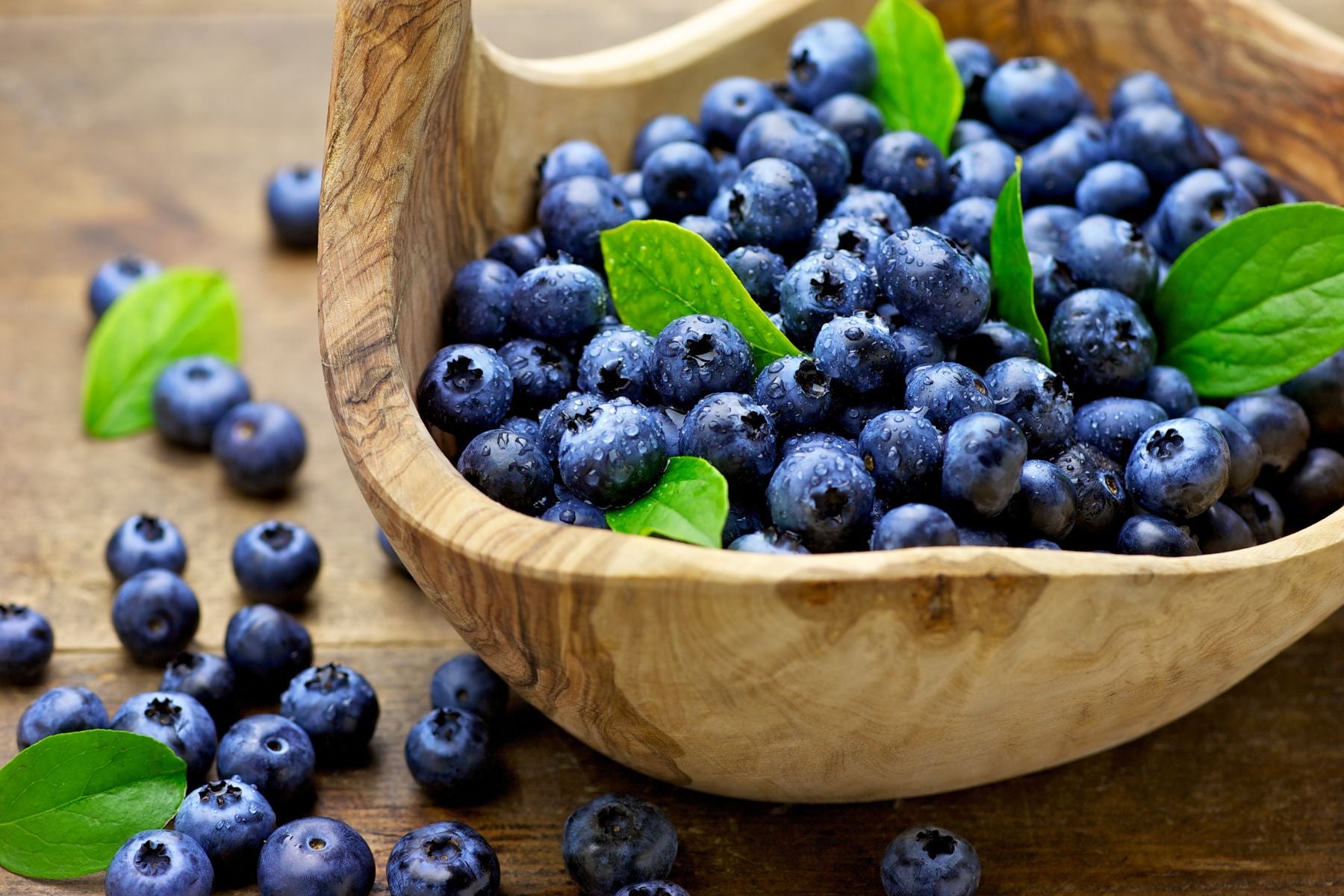You probably already know that fruit is a significant part of a healthy diet, but actually adding it to your daily snacks and meals is a different story. Blueberries are some of the most delicious and nutritious fruits, but getting fresh ones from the grocery store isn’t always possible. Although you may get lucky with the store’s berry selection, growing them at home has substantial benefits. Dig into the ultimate guide to successfully growing blueberries.
Select Your Variet
When it comes to growing blueberries in your yard, you must first select your variety. There are a few different cultivars to choose from, and the best one for you depends on your location and specific needs. Decide for yourself which blueberry bush is right for your property.
Highbush
Highbush blueberries are native to the eastern part of the United States, but there are northern and southern highbush blueberries.
- Southern highbush blueberries are suitable for USDA Hardiness Zones 6 to 10.
- Northern highbush blueberries grow best in USDA Hardiness Zones 4 to 7.
Interestingly, highbush blueberries are the most popular variety for beginning gardeners, as they’re relatively easy to care for and self-pollinating. Highbush cultivars will produce up to 10 pounds of fruit without another blueberry bush nearby.
Lowbush
Lowbush varieties thrive in the northern states and Canada. They’re often wild there. These cultivars thrive in USDA Hardiness Zones 2 to 6 and usually don’t grow more than 4 feet tall. Furthermore, lowbush blueberry bushes require cross-pollination with another blueberry bush to produce fruit.
Rabbiteye
Rabbiteye varieties are native to the southeastern states because they thrive in USDA Zones 6 to 9. This cultivar is suitable for locations with hot summers and rather mild winters. These beautiful bushes may grow up to 10 feet and produce nearly 15 pounds of fruit. However, these blueberry bushes require another rabbiteye cultivar nearby for cross-pollination.
Choosing the Right Spot
After choosing the best variety for your location and personal preferences, you must now choose the right spot on your property. With that said, you must consider the following factors when it comes to selecting a permanent site for your blueberry bushes.
Light
Light is incredibly important when growing blueberries. Be sure to choose a sunny spot for your bush, as they prefer sunlight for the best yield. Although blueberry bushes can withstand shade, they’ll most likely produce less fruit as a result of time in the shade.
Soil
Because blueberries thrive in acidic soil, you should ensure your soil measures in the pH range of 4.0 to 5.5. If the pH is too high, your blueberry bushes may grow slowly or even die. If you’re unsure about your soil’s pH levels, consider testing it before planting the bushes. Aside from the pH, the ground around the plant should be moist but well drained.
Water
Because blueberry bushes are shallow-rooted plants, they require soil that holds moisture but doesn’t stay soaked. With that said, blueberry bushes still require water to thrive. If your area isn’t experiencing adequate rainfall, you may need to provide supplemental waterings.
Spacing
Many gardeners choose to plant blueberry bushes in clusters to increase the overall yield they get from their homegrown trees. That said, they do require their own space to thrive to their full potential. Consider planting blueberry bushes at least 5 feet apart in their row, with 10 feet between rows to allow for easy harvesting.
Additional Blueberry Bush Care
Once your blueberry bush is in the ground, the care doesn’t stop there. Although these bushes are relatively low maintenance, you may have to conduct some upkeep to ensure they stay healthy and productive.
Fertilization
Fertilization is important for healthy plants, but you should fertilize your blueberry bushes in the spring for the best results. However, you should use fertilizers sparingly, as too much can cause damage to your blueberry bushes. High-nitrogen options may encourage overall growth but limit fruit production. Therefore, you should avoid them with blueberries.
Pruning
During the first few years of plant growth, you don’t need to prune your blueberry bushes. After these years, you should prune them in February or March. Remove any diseased, dead, or discolored twigs or branches, and prune the low growth around the base to encourage new growth.
Harvesting and Storing Blueberries
Harvesting your berries is the most exciting part about growing the bushes in your yard, and the best harvest times are anywhere between May and August, depending on the variety. Keep in mind that your berries will be at their most ripe and flavorful a few days after they turn completely blue.
When you’re ready to harvest the berries, simply brush the fruit-bearing branches. Perfect berries should fall off the branch into your hand. Collect them in a shallow container to avoid damaging them. Once you get them inside your home, you can store them in airtight containers in the refrigerator for up to two weeks or up to 12 months in the freezer.
Pro-Tip
Avoid washing your blueberries before storing them. They have a natural protective coating on the outside of their skin to prevent premature spoiling, and they’ll last much longer with this coating intact. Wash them before eating rather than when you take them from the bush.
Growing Blueberries in a Container
Although most people grow their blueberry bushes in the ground, you can also plant them in a container. Using a container or a raised bed makes it much easier to maintain your growing condition factors, such as soil and sunlight.
Be sure to use a container that’s at least 24 inches wide and tall to give your tree enough space to grow. Place the potted bush in a sunny spot, moving it as necessary to follow the sunlight throughout each day and over the months. Additionally, you should ensure the soil stays moist year round for the best possible results.
Now that you have the ultimate guide to successfully growing blueberries, you can make the most of your gardening experience. Blueberries are delicious and nutritious fruits. You don’t have to rely on finding them at the grocery store when you grow them on your property. No matter the season, you’ll be able to enjoy homegrown blueberries for smoothies, muffins, or a fresh snack.



